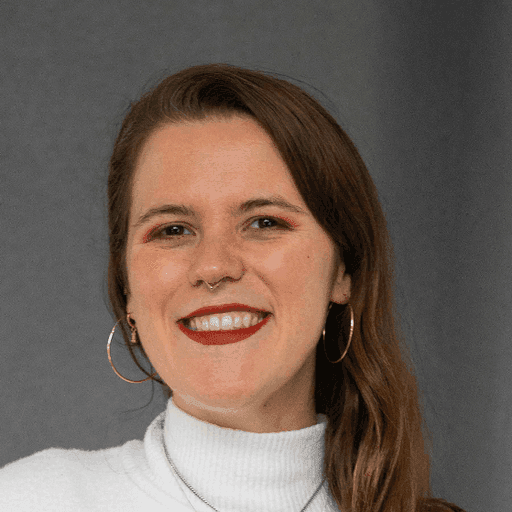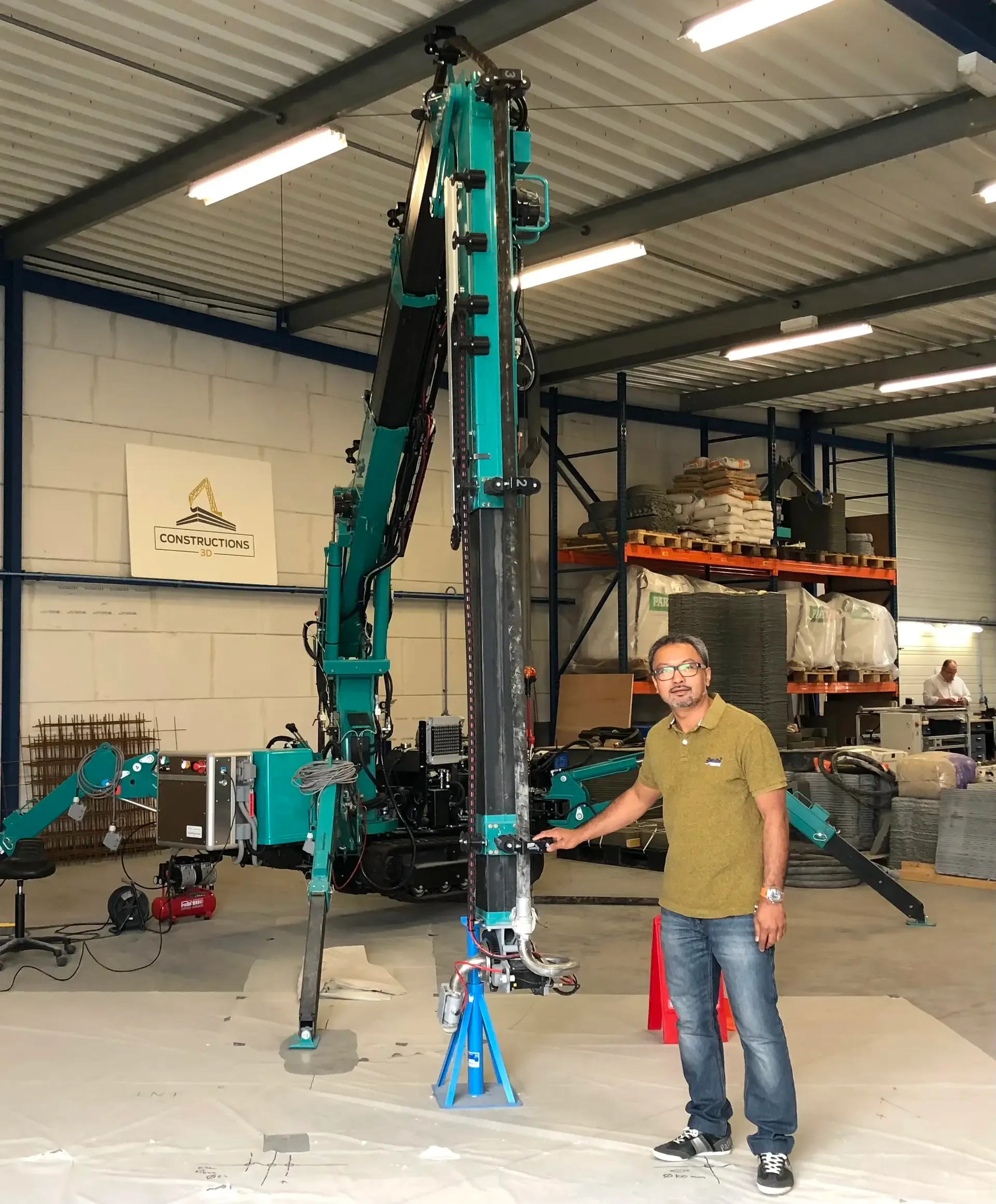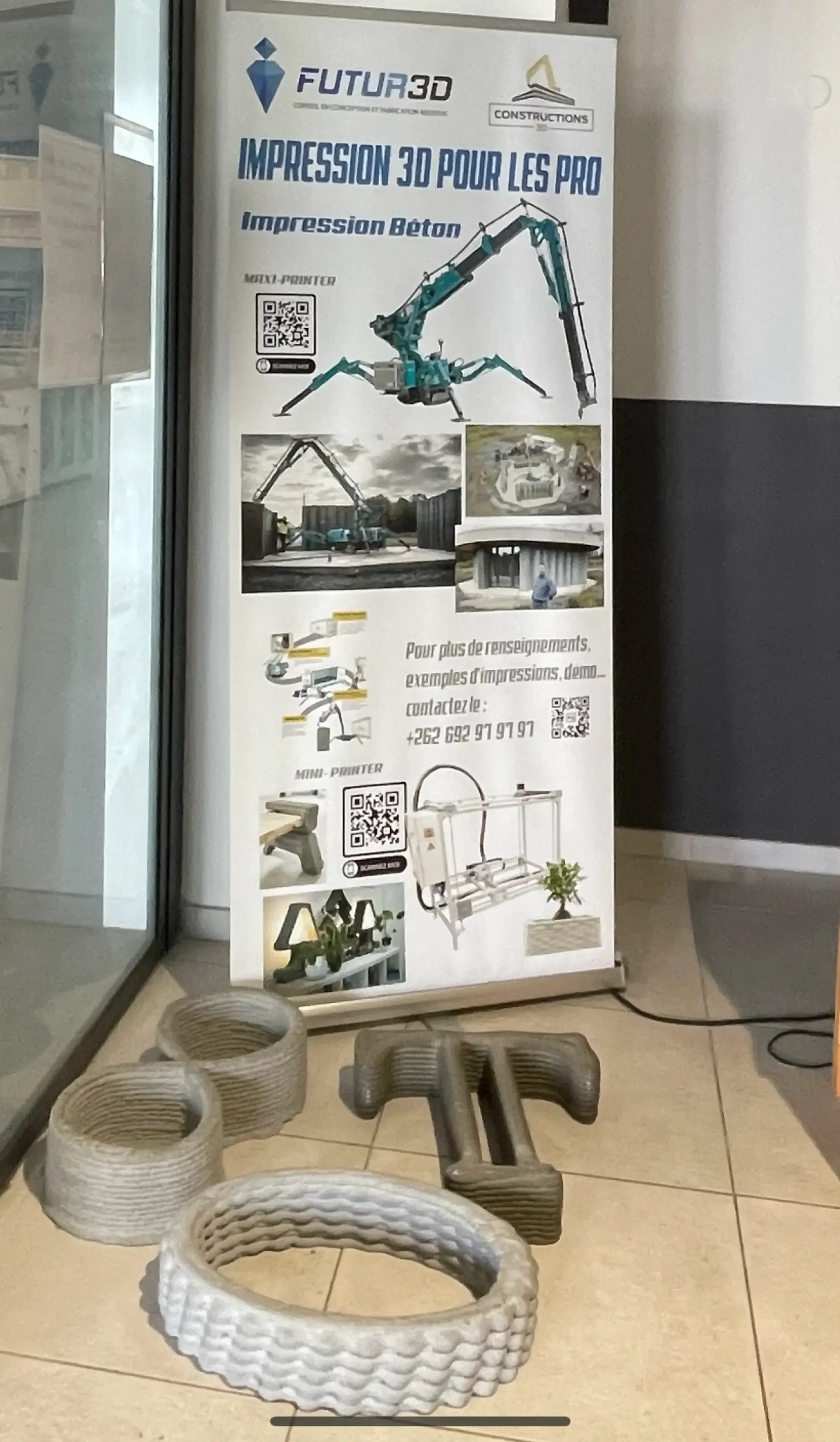Meeting Laurent YOU-SEEN, Ambassador of 3D Construction in Reunion Island
In this new edition of our newsletter, we give the floor to Laurent YOU-SEEN, founder of FUTUR 3D and partner of Constructions-3D in Reunion Island. His journey, local commitment, and vision for the future make him a true ambassador of 3D construction printing in the Indian Ocean region.
Published on 13 May 2025

Written by Jessica Maciejewski

A Pioneer of Digital Manufacturing on the Island
Founder of FUTUR 3D in 2017, Laurent YOU-SEEN has established his company as a key player in 3D printing, laser cutting, and 3D scanning in Reunion Island. "Our mission is to make advanced manufacturing technologies accessible, sustainable, and innovative, serving the local economy and addressing regional challenges," he explains.
Before that, Laurent spent 15 years managing projects in the telecommunications sector before discovering additive manufacturing in 2014. This breakthrough led him to create FUTUR 3D and later sparked his interest in 3D concrete printing, which he first encountered at the 2015 3D Printshow and then experienced firsthand at Machinarium 3 in 2018, where he attended a demonstration of the MaxiPrinter.

Making Reunion Island a Pilot Territory
Since 2019, Laurent has been actively working to establish 3D concrete printing in Reunion Island. His ambition? To create a strong local ecosystem capable of supporting this technology. In close collaboration with Constructions-3D, he raises awareness among construction professionals, elected officials, institutions, and training centers.
Among his concrete goals is equipping Lycée Jean Hinglo, the leader of the Civil Engineering and Eco-Construction Trades and Qualifications Campus, with a 3D concrete printer. "By training young people in tomorrow’s technologies, we prepare a generation capable of building locally, faster, and more sustainably," he affirms.
A Concrete Response to the Island’s Challenges
Reunion Island faces structural challenges: extreme climatic conditions, metropolitan standards that are poorly adapted, dependence on imported materials, and the need for more ecological construction. Construction 3D printing addresses these issues with faster execution, cost reduction, the possibility of using local resources, and shapes adapted to the tropical climate...
A recent proposed law could even ease the use of non-CE certified materials for the French overseas departments and regions (DROM), paving the way for locally adapted formulations that meet the island’s specific realities.
Projects, Ambitions, and Regional Perspectives

Among the concrete prospects, Laurent mentions a plan to establish an educational corner within the Campus and hopes to soon organize a full-scale demonstration in Reunion Island. The education sector is highly receptive, as are some builders who appreciate the customization and mobility of the Constructions-3D solution.
Attempts have also been made to expand to Mayotte, though the context remains complex. "We’re not giving up," he assures.
A Vision for the Future
“3D concrete printing does not replace traditional construction; it complements it,” emphasizes Laurent. It’s a technology that paves the way for structures that are faster to build, better adapted to the climate, more customized, and have a reduced environmental footprint.
And for those who are still hesitant? “I’ve received more than a dozen requests from individuals wanting to build their homes in 3D. The demand is real.”
For Laurent YOU-SEEN, Constructions-3D in Reunion Island is simply the future.








